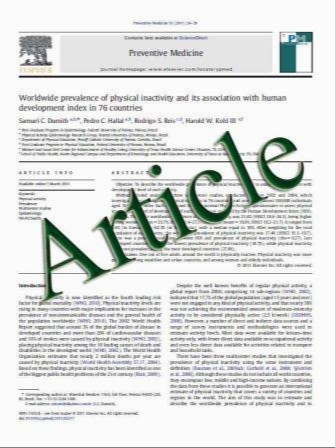Predictors of Reintervention After Endovascular Repair of Isolated Iliac Artery Aneurysm
- نوع فایل : کتاب
- زبان : انگلیسی
- مؤلف : Hany A. Zayed Rizwan Attia Bijan Modarai Rachel E. Clough Rachel E. Bell Tom Carrell Tarun Sabharwal John Reidy Peter R. Taylor
- چاپ و سال / کشور: 2010
Description
The objective of this study was to identify factors predicting the need for reintervention after endovascular repair of isolated iliac artery aneurysm (IIAA). We reviewed prospectively collected database records of all patients who underwent endovascular repair of IIAA between 1999 and 2008. Detailed assessment of the aneurysms was performed using computed tomography angiography (CTA). Follow-up protocol included CTA at 3 months. If this showed no complication, then annual duplex scan was arranged. Multivariate analysis and analysis of patient survival and freedom from reintervention were performed using Kaplan–Meier life tables. Forty IIAAs (median diameter 44 mm) in 38 patients were treated (all men; median age 75 years), and median followup was 27 months. Endovascular repair of IIAA was required in 14 of 40 aneurysms (35%). The rate of type I endoleak was significantly higher with proximal landing zone (PLZ) diameter[30 mm in the aorta or[24 mm in the common iliac artery or distal landing zone (DLZ) diameter [24 mm (P = 0.03, 0.03, and 0.0014, respectively). Reintervention rate (RR) increased significantly with increased diameter or decreased length of PLZ; increased DLZ diameter; and endovascular IIAA repair (P = 0.005, 0.005, 0.02, and 0.02 respectively); however, RR was not significantly affected by length of PLZ or DLZ. Freedom-from-reintervention was 97, 93, and 86% at 12, 24, and 108 months. There was no in-hospital or aneurysmrelated mortality. Endovascular IIAA repair is a safe treatment option. Proper patient selection is essential to decrease the RR.
Cardiovasc Intervent Radiol (2011) 34:61–66 DOI 10.1007/s00270-010-9876-0 Received: 15 December 2009 / Accepted: 15 April 2010 / Published online: 13 May 2010


